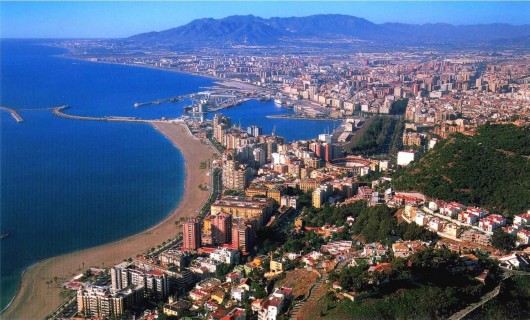The Spanish property market is on the verge of recovery from it’s extended downward trend, according to a report published by the International Monetary Fund this week.
However, with unemployment shockingly still sitting at above 25 per cent, the real estate market’s recovery is being hindered by these statistics and is unlikely to switch into full recovery mode just yet.
The report does, however, point out that the country’s economy has turned the corner after economic improvements began to take hold in the second half of last year and continued into the second quarter of 2014. It also adds that the Spanish economy is now growing at its fastest pace since the pre-recession boom in 2008.
The report also states that labour reform and wage moderation are helping to turn job destruction into job creation. Compared to 2013, unemployment fell in the first quarter of this year and jobs, measured by social security affiliations, increased by about 200,000 as of April.
The report’s author, James Daniel, head of the IMF’s Spanish mission, said that there are positive signs that the property market is stabilising but the housing recovery will be gradual. “We see no type of bubble in the property sector” he iterated.
This statement seems to be backed up by the latest report from the Spanish Property Registrars, based on properties on the Registry during the first three months of the year.
Home sales have increased 14 per cent in the first three months of the year compared to the last three months of 2014, causing the Registrars to begin talking about a ‘change of trend’. There were over 83,000 sales in the period, of which more than 37,000 were new homes and around 45,000 resales. On an annualised and rolling 12 month basis, however, home sales were still down by over 8 per cent, driven by a fall of 18 per cent in new build sales over the last 12 months.
“After six consecutive years of house price declines, especially intense in certain periods, everything points towards the end of this scenario drawing to a close, giving way, at the least, to price stability,” the report explains.
Concerns are voiced, however, regarding the fact that the economic crisis has meant new homes are not being constructed. The report highlights that the almost total lack of new housing starts in the past few years means that the only option for new homes are those that were built during the boom and have so far been unable to be sold. “A large share of them are in the hands of the financial institutions, being sold actively with hefty price reductions. As this stock reduces, the relative weight of new home sales will decline to ever smaller quotas.”
Another positive sign for the Spanish property market is the fact that mortgage approval rates have risen in March for the first time in four years. The number of residential loan approvals rose by 2 per cent from a year earlier, the first increase since April 20120, according to figures from the National Statistics Institute. Also, the total amount lent increased by 16 per cent, the first increase since 2007.
Bradley shore is an avid travel and investment blogger whose main focus is property investment in Spain, he works for clients such as AltaVista but would one day like his own blog to keep his readers informed.





